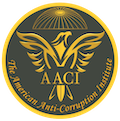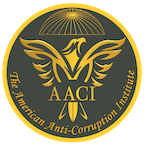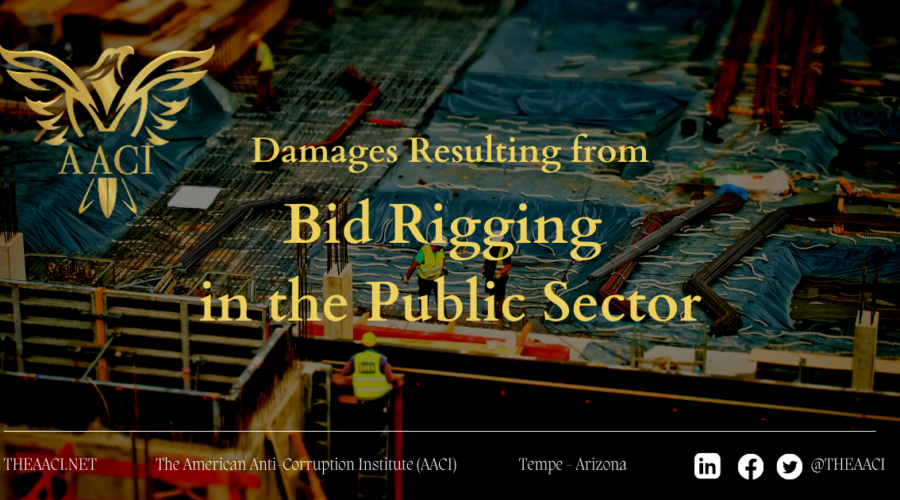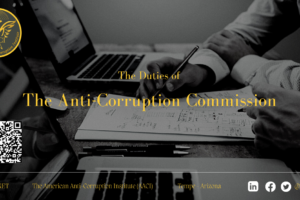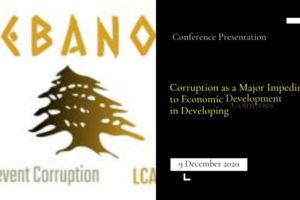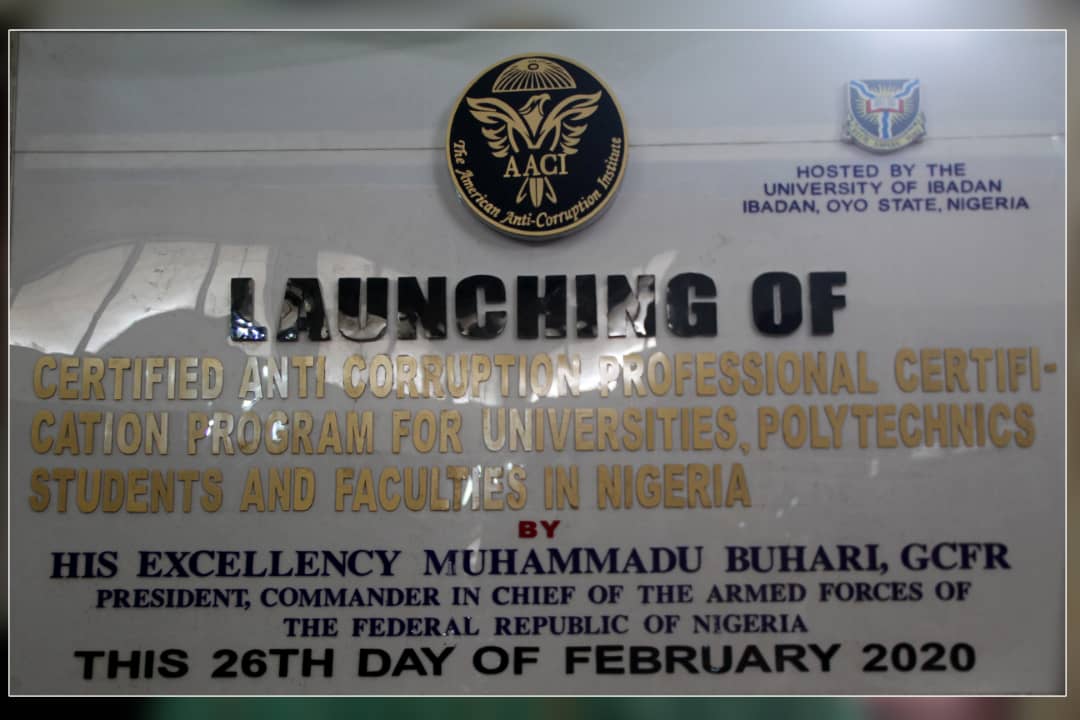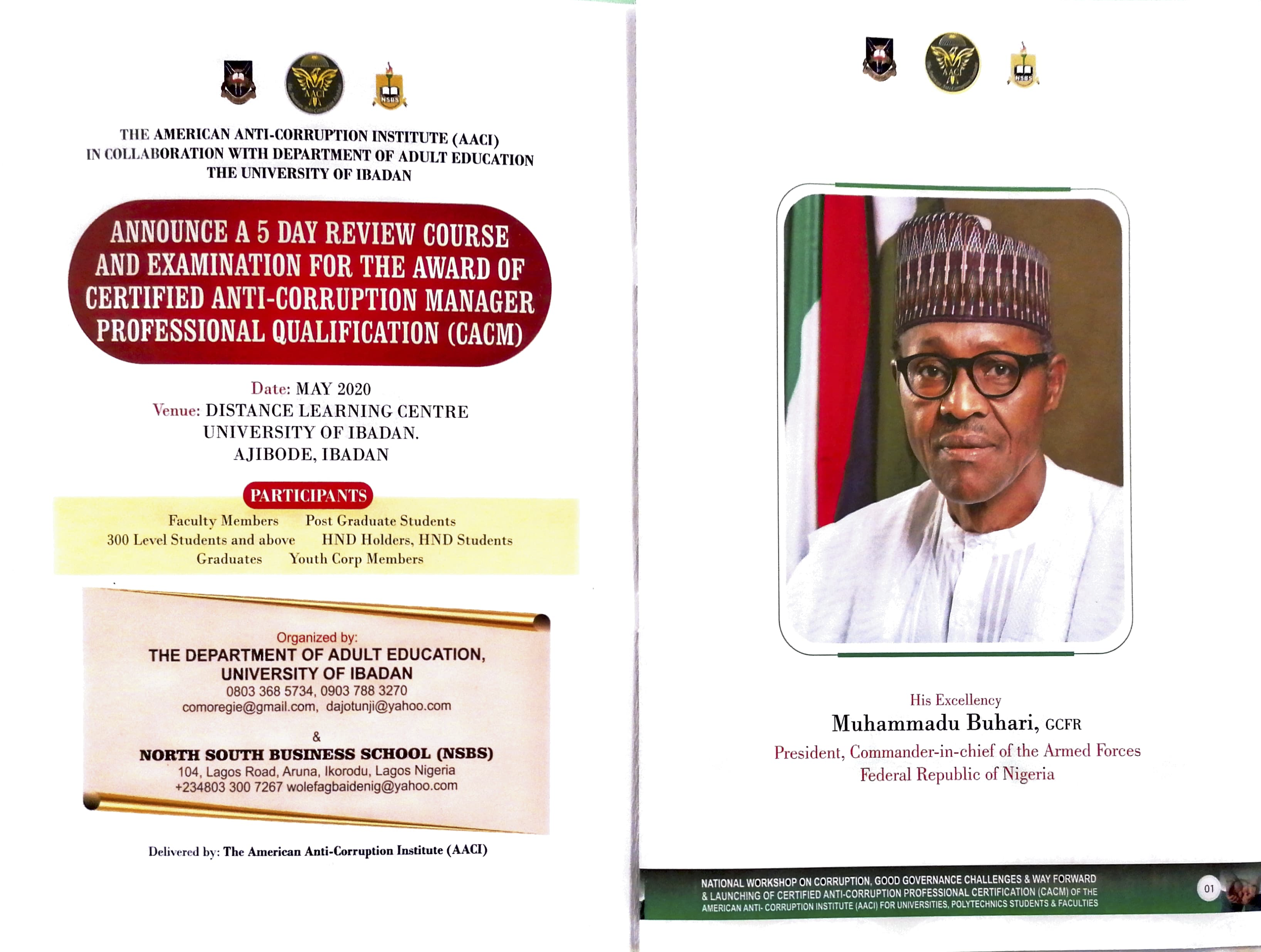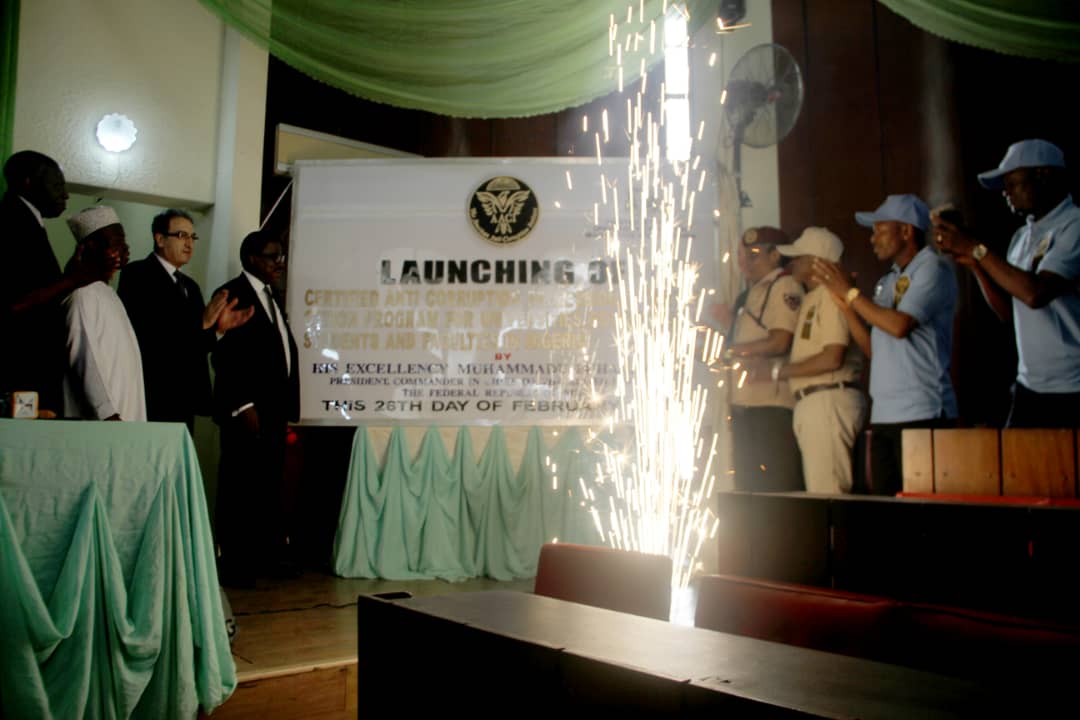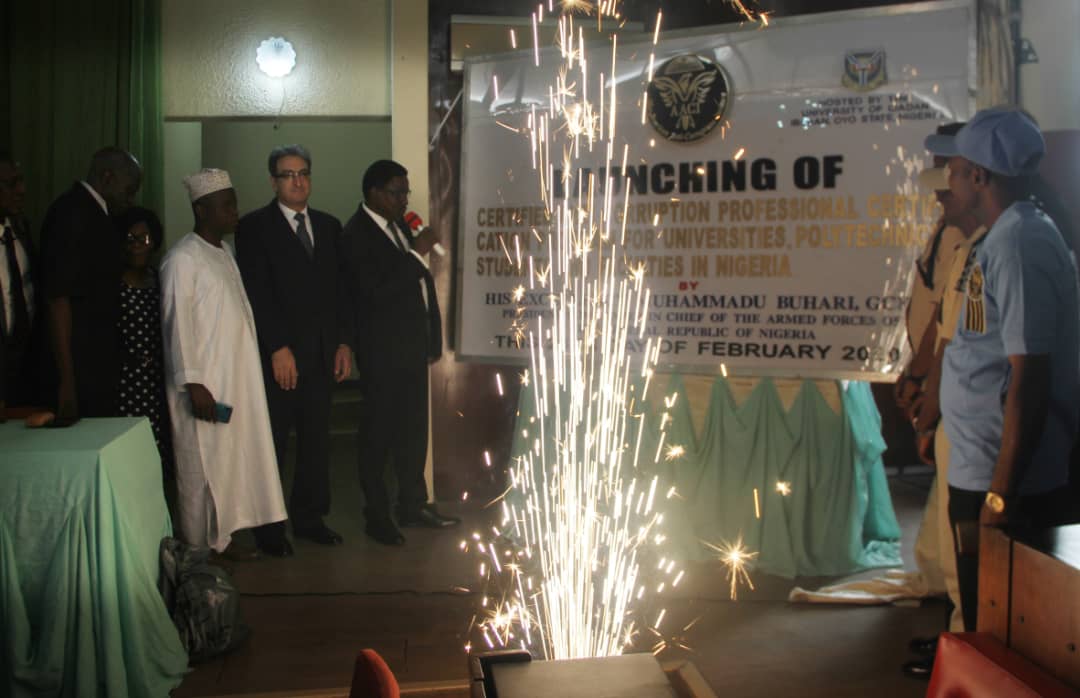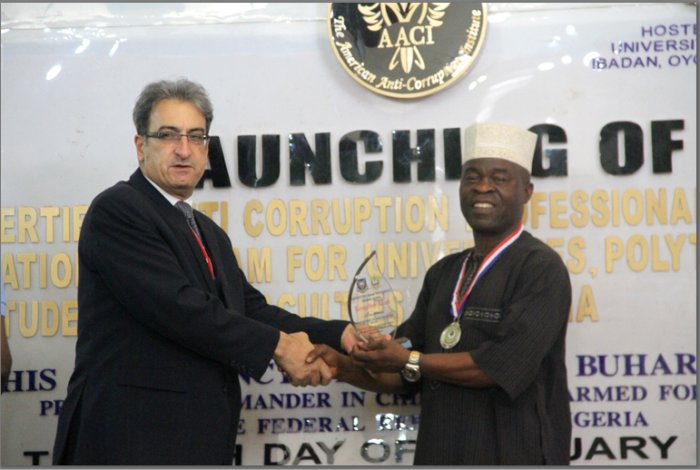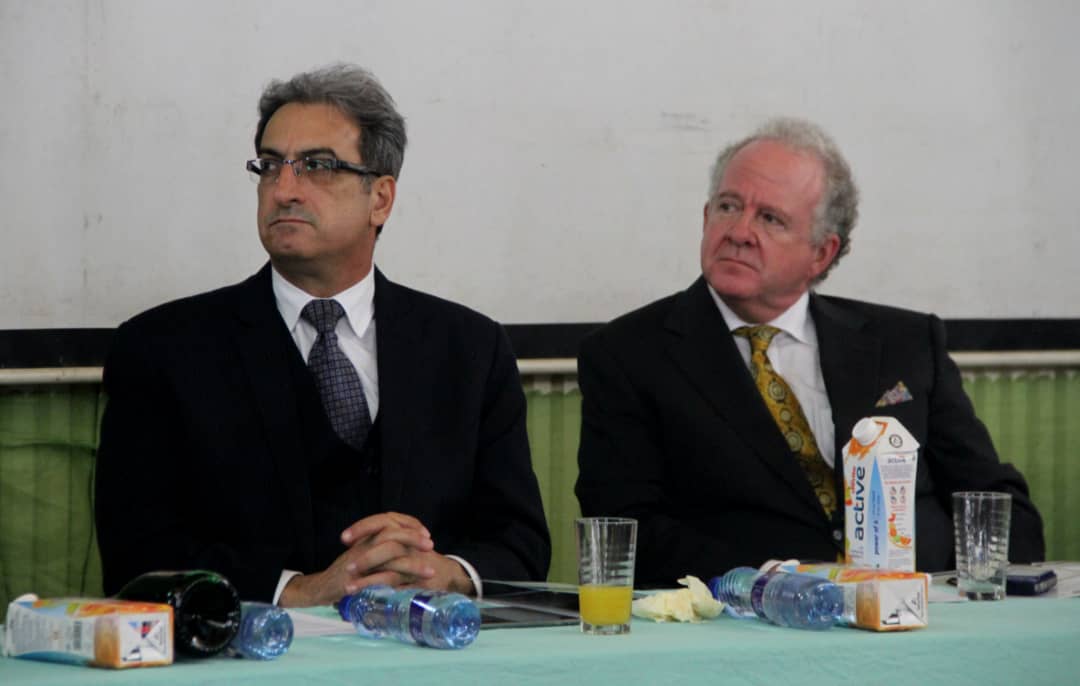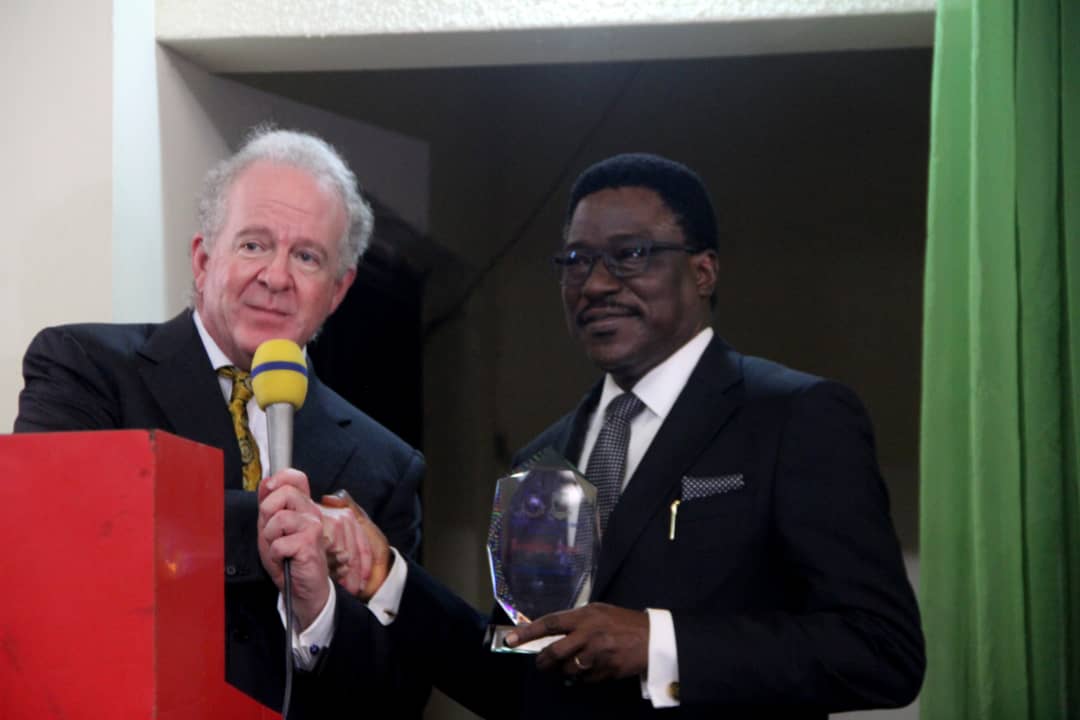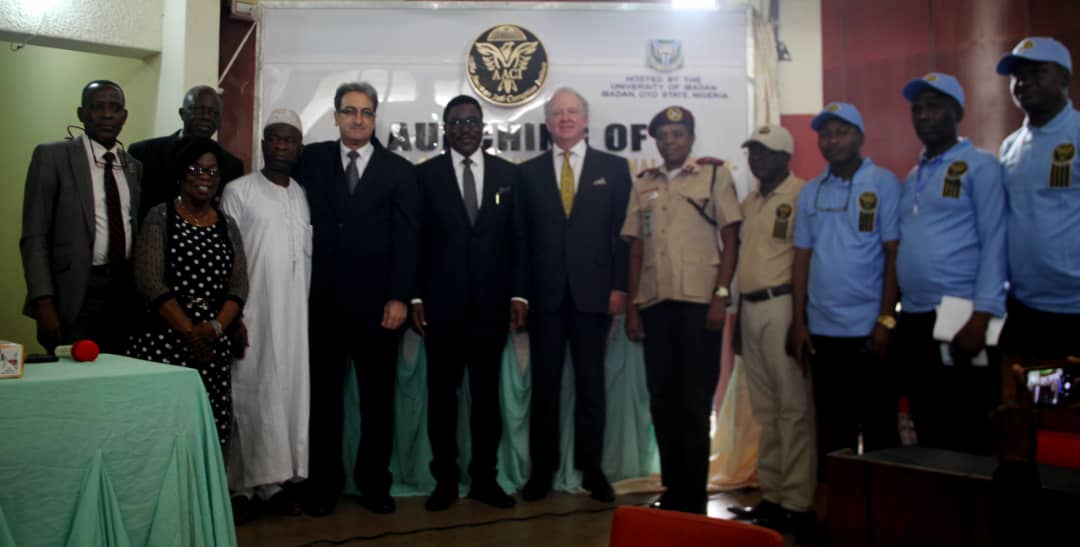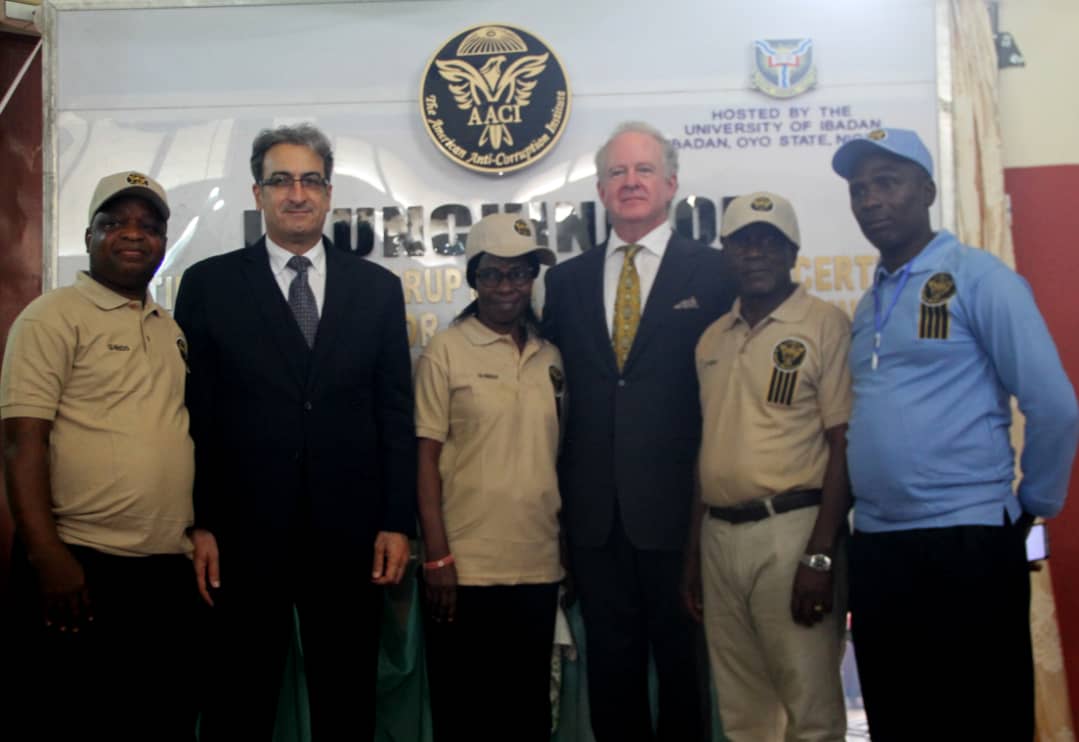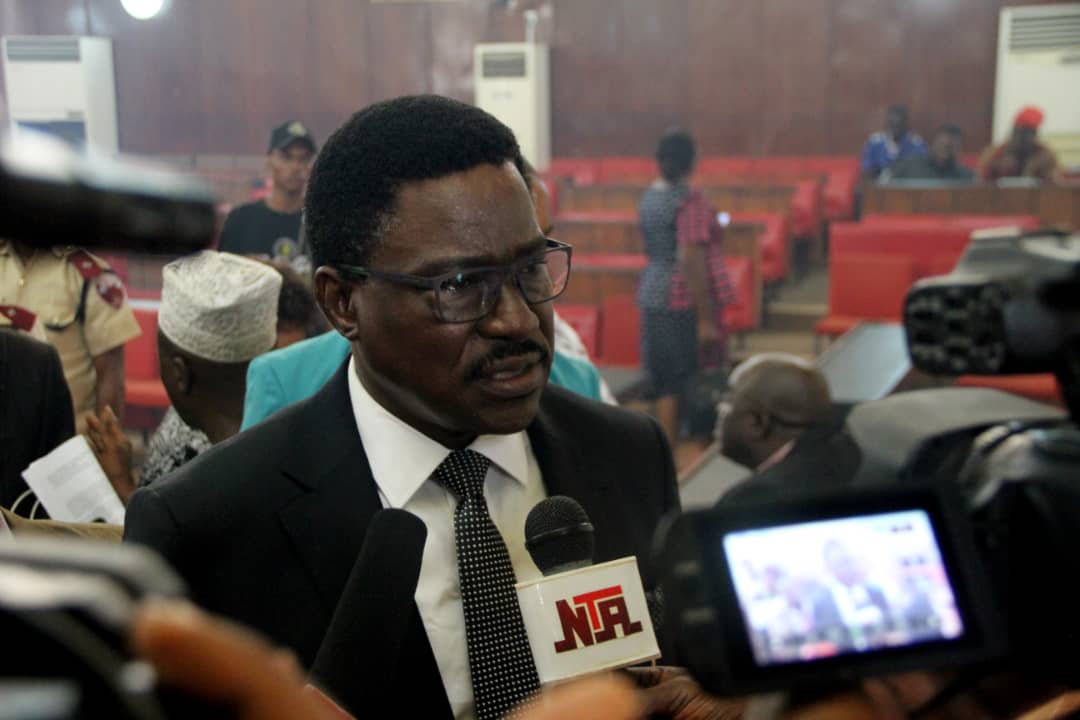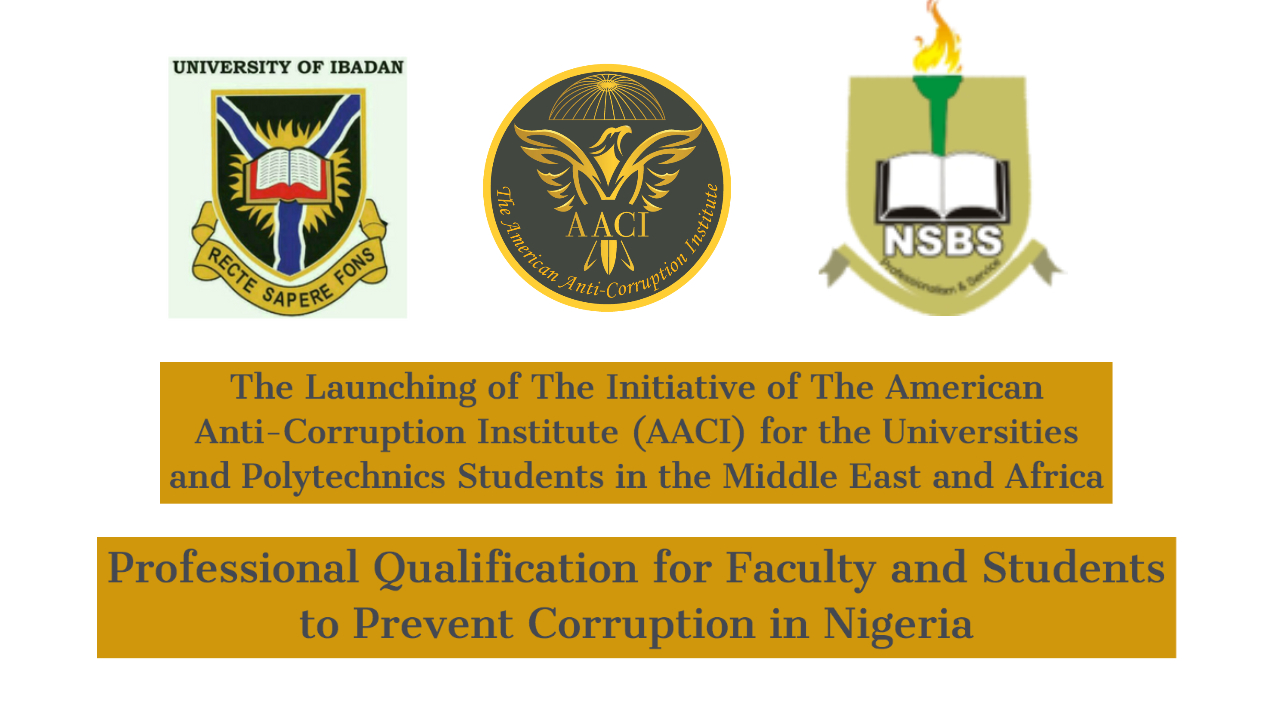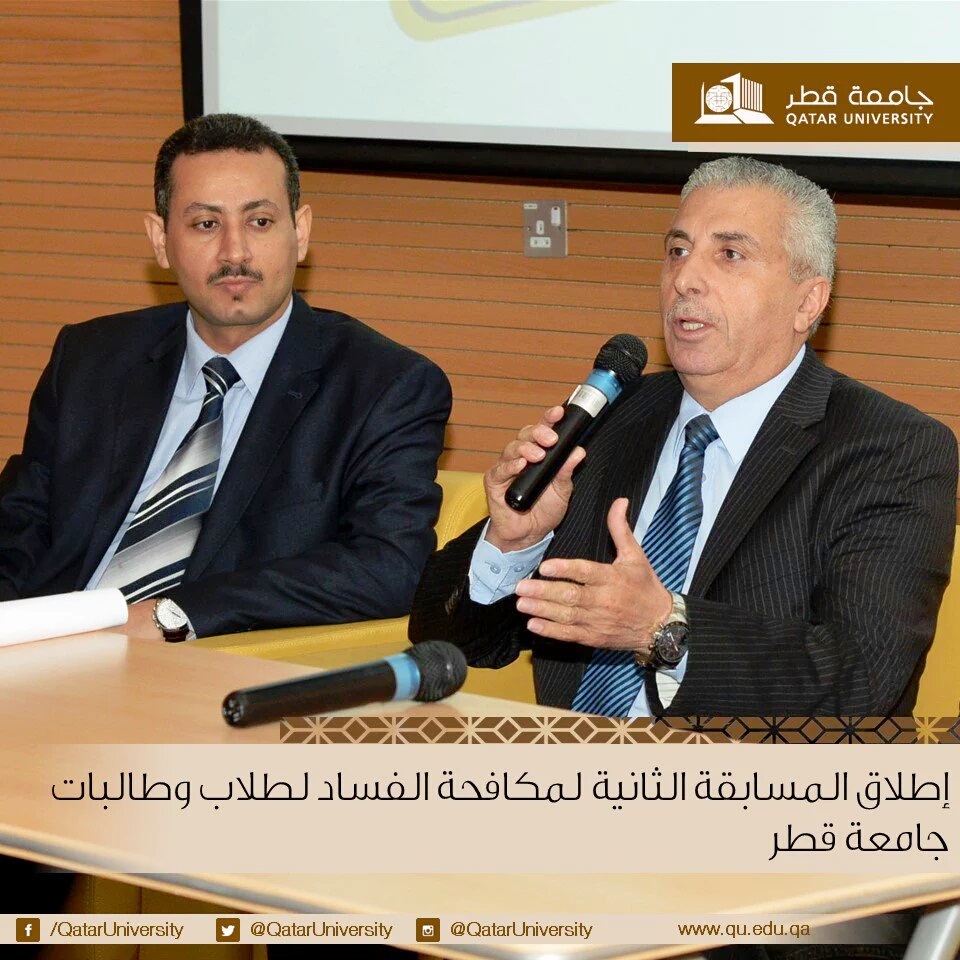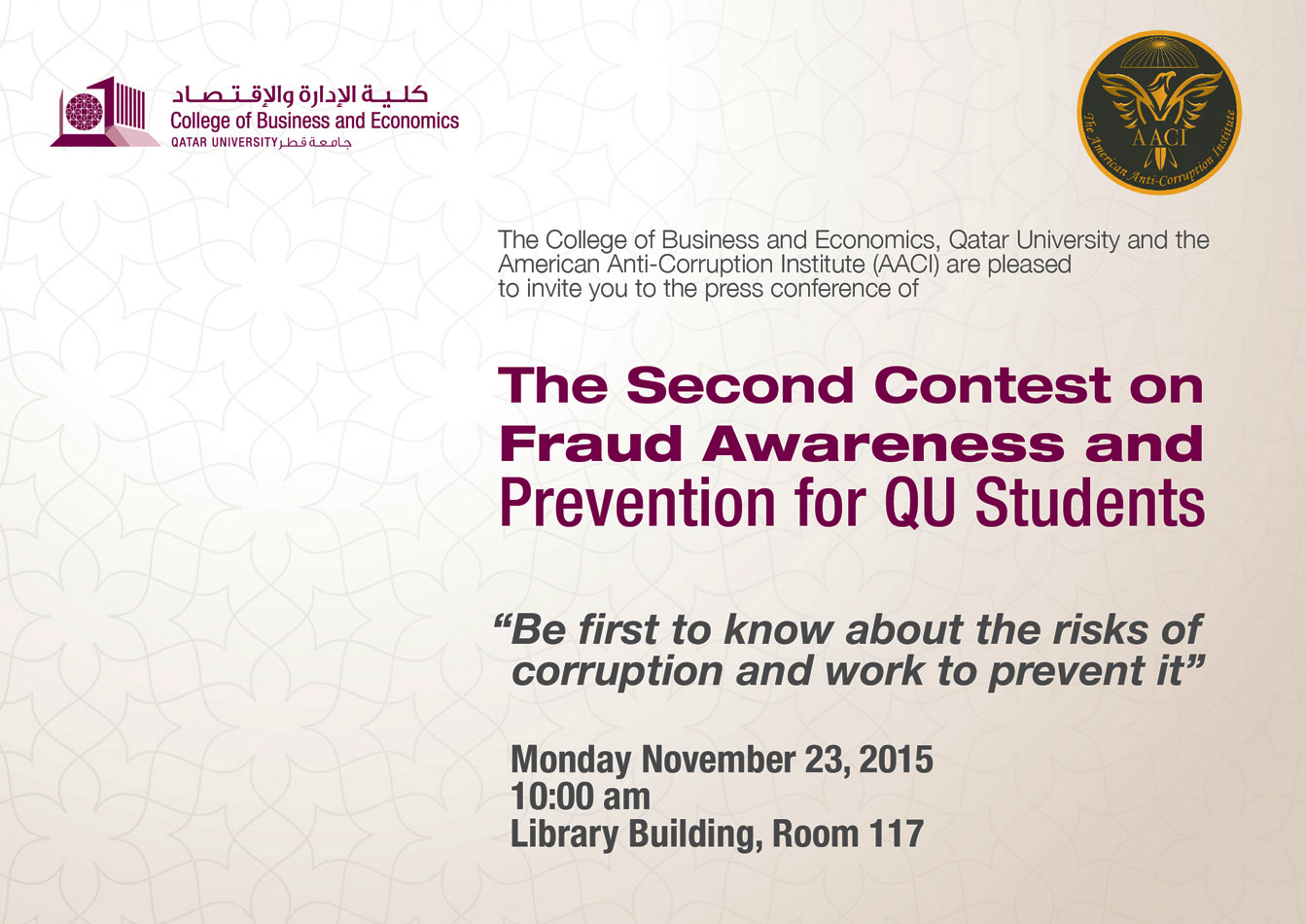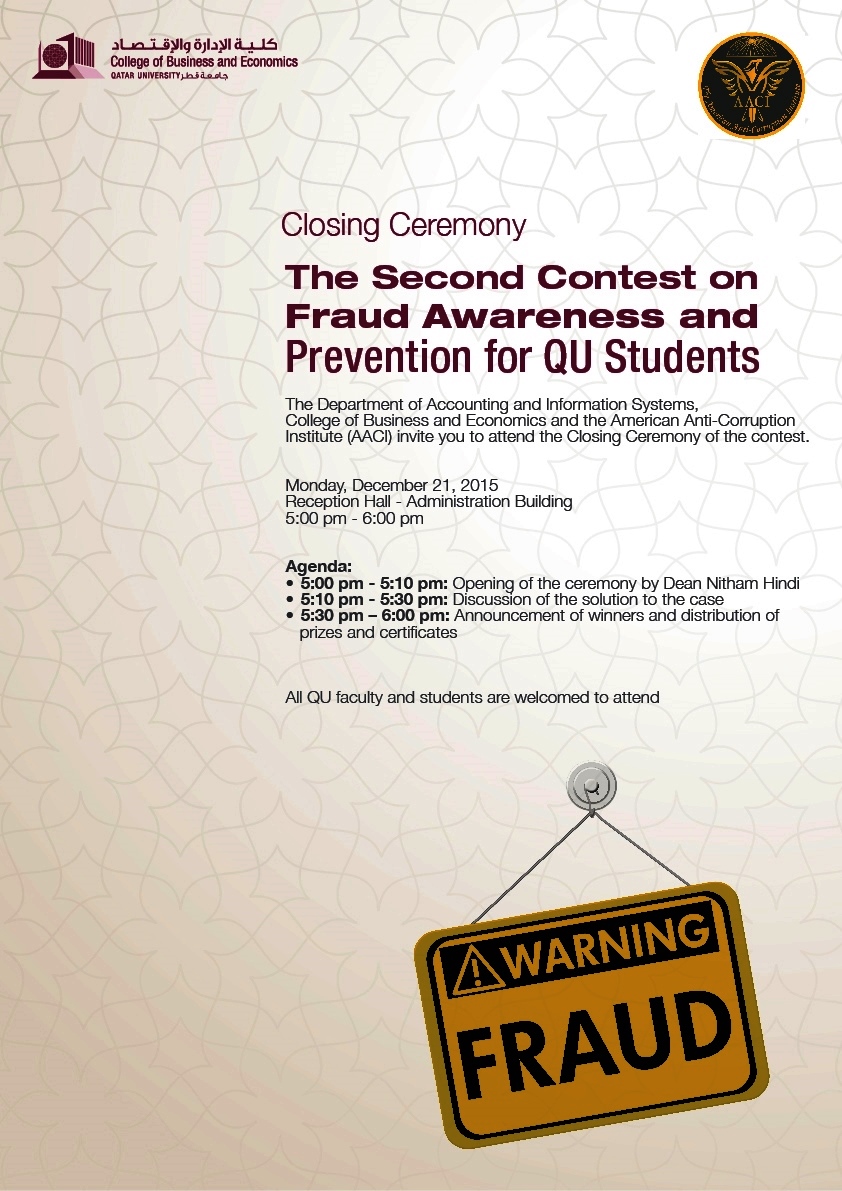Technical Staff
July 14, 2023
Introduction to bid rigging and its prevalence in the public sector:
Bid rigging represents an egregious form of anti-competitive conduct whereby firms contravene ethical business practices by conspiring to subvert open tendering processes. This frequently transpiring malpractice within public procurement irreparably engenders market distortion and duplication, inflating the expenditure of taxpayer funds. By circumventing the principles of equitable competition through arranged quid pro quo agreements on contract awards, bid rigging syndicates realize illicit gains at the expense of procuring entities and citizens. Robbing governments of the benefits of robust rivalry leads to poor value for money, compromised quality standards, and disrupted delivery of public goods and infrastructure. Unethical bid rigging demands prompt prosecution and stiffer penalties to deter would-be contraveners from partaking in the corruption of competitive bidding.
Common techniques used in bid rigging, such as collusive bidding and bid suppression:
Among the most pervasive tactics enabling bid rigging is collusive tendering, whereby ostensible competitors clandestinely coordinate to submit non-competitive bids or orchestrate contract allocations, thus subverting the principles of equitable procurement. By circumventing genuine rivalry, such concerted action vitiate the safeguards of optimal value, quality assurance, and efficiency afforded by competitive forces.
Similarly, the deliberate omission of bids by complicit firms, termed bid suppression, critically undermines open competition. The resultant constriction in bid numbers empowers designated bidders to inflate pricing to the detriment of procuring entities and taxpayers. This represents an unscrupulous falsification of market forces.
Unethical maneuvers that distort tendering processes, such as collusive bidding and bid suppression, highlight the need for increased oversight and stiffer deterrence to combat the scourge of bid rigging across public and private procurement.
Impact on the economy, including reduced competition, inflated prices, and compromised public services:
Bid rigging exerts an insidious influence on economic efficiency and innovation. By precluding the participation of competent yet smaller entities, the resulting absence of meaningful competition forestalls the realization of optimal value in public procurement. Merit-based allocation of contracts gives way to arrangements among bid rigging cartels, engendering reduced dynamism, substandard project execution, and stunted provision of public goods.
With inflated bids endemic to collusive bidding, scarce taxpayer funds are egregiously misappropriated. Resources that could otherwise finance additional infrastructure development or social services are captured by bid rigging syndicates, leading to economic distortions and inequitable allocation.
The quality of services under bid-rigged contracts also suffers appreciable detriment. When competent providers are cast aside in favor of partners in corruption, communities experience delayed and deficient project implementation, as profiteering supersedes technical expertise and managerial diligence.
In essence, bid rigging and its resultant misallocation of resources stifled innovation, and subpar infrastructure inflicts insidious economic injury, underscoring the urgent need to increase integrity across public procurement.
Examples of bid-rigging cases
The following are examples of bid-rigging cases that have been in the news headlines:
Example 1
Missouri Road Construction Company And Executive Indicted On Bid-Rigging Charge [1]
The US Justice Department has criminally indicted Missouri road construction company APAC-Missouri Inc. and its vice president Donald G. Mantle for bid rigging conspiracy from July 2000 to April 2002 regarding a $7.1 million Missouri state highway project. The indictment alleges that APAC-Missouri and a co-conspirator company agreed to rig the bidding so that APAC-Missouri would submit the low bid and win the contract. In contrast, the co-conspirator submitted a higher complementary bid, and then APAC-Missouri would subcontract part of the project back to the co-conspirator. This undermined competitive bidding. The charges resulted from an ongoing antitrust investigation into the road construction industry. APAC-Missouri and Mantle face maximum Sherman Act penalties of a $10 million fine for the company and 3 years in prison plus a $350,000 fine for the individual.
Example 2
Foreign Exchange Market Rigging (2003-2013) [2]
Banks conspired to manipulate foreign exchange rates for profit. Many leading financial institutions were implicated in the scandal, including Deutsche Bank (DB), Barclays (BCS), Citigroup (C), JPMorgan Chase (JPM), and the Royal Bank of Scotland (RBS).
Example 3
Auto Parts Price Fixing – Dozens of auto parts manufacturers engaged in price fixing. [3]
On Thursday, February 2, 2017, a press release from the Justice Department stated the following:
“Today’s guilty plea is the result of an ongoing federal antitrust investigation into price fixing, bid rigging and other anticompetitive conduct in the automotive parts industry, which is being conducted by the Antitrust Division’s criminal enforcement sections and the FBI. A total of 65 individuals and 47 companies have been charged in the Antitrust Division’s investigations into the automotive parts industry. This case was brought by the Antitrust Division’s Chicago Office and the FBI’s Louisville Field Office, Covington Resident Agency, with the assistance of the FBI’s International Corruption Unit and the U.S. Attorney’s Offices for the Eastern District of Michigan and the Eastern District of Kentucky.”
Major drivers for bid-rigging
1. The prevalence of highly concentrated market structures with only a few dominant entities facilitated collusive practices, as the lack of true competition reduced incentives to adhere to ethical standards.
2. Frequent interactions through industry forums and associations fostered opportunities for improper coordination due to repeated exchanges and familiarity between competitors.
3. Insufficient regulatory oversight mechanisms enabled manipulation in opaque processes such as benchmark rate setting and public procurement, underscoring the need for transparency and accountability.
4. An organizational culture tolerant of antitrust violations normalized collusion and bred rationalizations for unethical anti-competitive conduct.
5. The prioritization of personal and corporate avarice over ethics led executives to pursue illegal price manipulation, rejecting their social responsibility to safeguard market competition.
What should be done to lower the risk of bid-rigging?
The following is a non-exhaustive list of primary internal control relevant mechanisms that will, accompanied by a proper tone at the top, shall reduce the risk of bid-rigging to acceptable levels:
1. Implementing a robust antitrust compliance policy with explicit prohibitions on collusive conduct such as bid rigging, supplemented by stringent sanctions for violations, and ensuring extensive communication of the policy across the organization.
2. Instituting comprehensive training programs to educate personnel involved in procurement processes regarding the risks of bid rigging and unethical conduct and the importance of compliance with competition laws.
3. Imposing restrictions on communications between bidders during tendering procedures, limiting contact to only essential interactions, and disallowing informal gatherings or meetings.
4. Establishing legal and compliance oversight of the entire bidding process, including review of all bids submitted to identify any suspicious patterns or coordination between bidders.
5. Enacting a system of rotating bidders from previous tenders when issuing new solicitations disrupts established bidder patterns and makes the bidder selection unpredictable.
6. Conducting periodic audits of departments and personnel involved in procurement and bidding to identify any deficiencies or breaches in antitrust policies proactively.
Sources
[1] https://www.justice.gov/archive/atr/public/press_releases/2004/204987.htm [2] https://www.investopedia.com/terms/l/libor-scandal.asp [3] https://www.justice.gov/opa/pr/auto-parts-industry-executive-pleads-guilty-obstruction-justicePhoto by Pixabay: https://www.pexels.com/photo/man-in-yellow-safety-vest-climbing-on-ladder-159358/
Additional references
Exam Unit, “Fraud and Corruption” in Certified Anti-Corruption Manager (CACM) Review Textbook, 2023 ed. (United States of America: The Exam Unit of The American Anti-Corruption Institute LLC., January 12, 2023) pp. 222-226.
Price Fixing, Bid Rigging, and Market Allocation Schemes: What They Are and What to Look For. https://www.justice.gov/atr/file/810261/download Accessed on July 14, 2023
Cartels. https://www.accc.gov.au/business/competition-and-exemptions/cartels. Accessed on July 14, 2023
